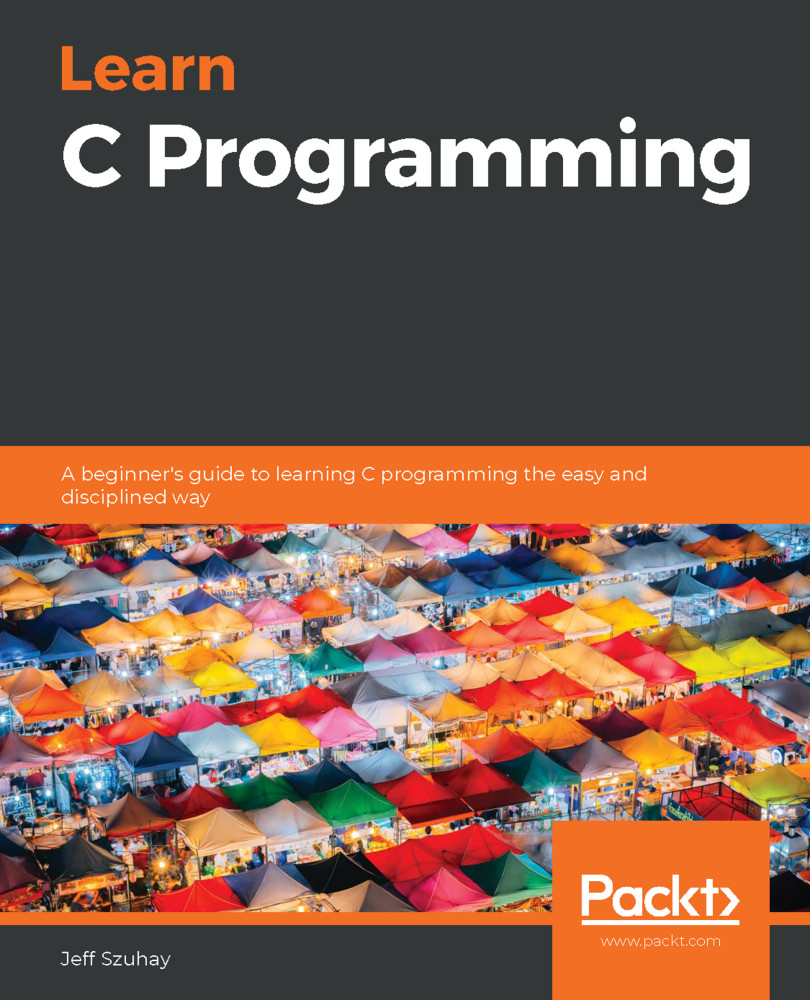Not all data can be allocated statically or automatically. Sometimes, the number of items to be manipulated is not known beforehand; that number can only be known at runtime and may vary from run to run, depending on external inputs (user input, files, and so on). In the preceding chapter, we examined automatic and static memory allocation. We now stand on the threshold of an incredibly powerful feature of C – dynamic memory allocation and manipulation. Once we pass this threshold, many flexible dynamic data manipulations will be available to us. We will briefly introduce many of these data structures and their uses in this chapter.
As mentioned in the preceding chapter, dynamic memory is unnamed, so it can only be manipulated via pointers. Furthermore, dynamic memory has a different lifetime than either automatic or static memory.
The following topics will be covered in this...



